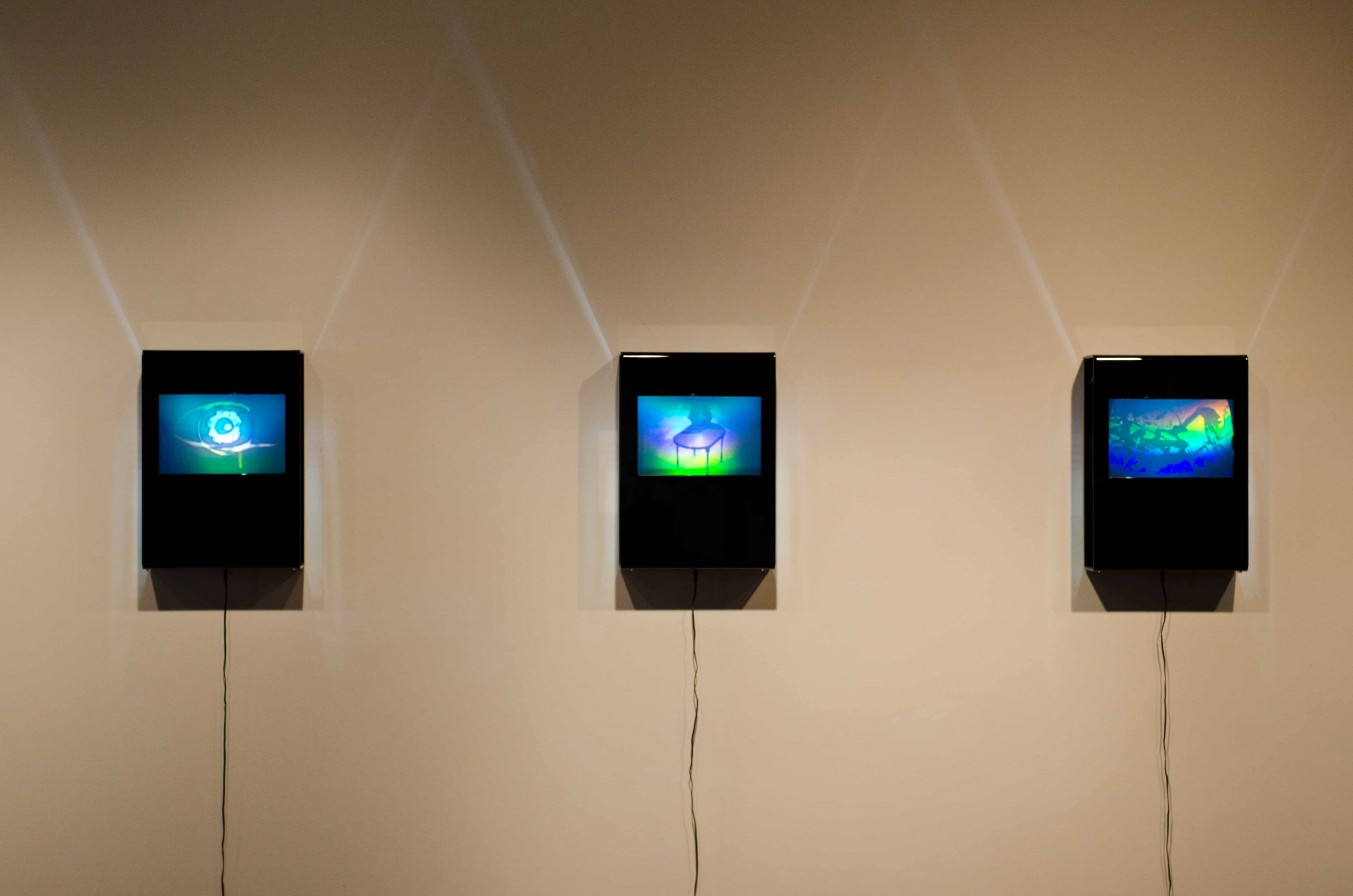If studying leaves you wanting more campus adventure in your life, then postpone your date with Robarts and take a stroll into the U of T Art Centre, located inside University College. Aside from its stunning Malcove collection, the centre is currently hosting a holography exhibit put together by U of T students. Running from November 8 to December 2, the exhibit features quirky and creative holographic images ranging from cute space themes to deep abstractions. Many of them are finely detailed and incorporate motion to create what appear to be moving images. In one hologram, a personal favourite, a prescription drug container looks sturdy, as if you could reach in and grasp its hardline edges. The exhibit will remind why you should take up art again, or at the very least, awaken an appreciation for optical sciences. The students in this exhibit are from the course, JOP210H1S, Holography for 3D Visualization, which is a joint course between the Institute for Optical Sciences (IOS) and the physics department. It is an excellent introduction for anyone looking to learn about commonly encountered optics phenomena through the technical and artistic aspects of holography. The chance to understand concepts like interference, diffraction, and lasers, as well the inspiring childhood memory of a pleading Princess Leia, are reason enough to join.
Holograms, like photographs, are essentially recordings of reflected light. A basic set-up for a hologram starts with a laser that is split in two: an object beam and a reference beam. The object beam bounces off a mirror, focuses on the object of interest, and then sends the information to a holographic plate or film. At the same time, the other beam, the reference beam, focuses directly onto the holographic plate or film that has recorded the information from the object beam. The holographic plate or film records the interference coming from the two light beams, ultimately resulting in the projection of a three-dimensional image of the object. Since a three-dimensional object can be viewed from several angles, the illusion of object motion can be easily produced. Although they seem like foreign optical trickery, holograms are found in everyday objects such as CDs, credit cards, and those glossy holographic stickers on trading cards. If you ever try to cut up a hologram into portions, you’ll find that the entire original image is preserved albeit scaled in each portion.
But no description of holograms can compare to the real-life experience of the ones elegantly displayed in the Art Centre. There are also different types of holograms and since artistic expression is very flexible, you’ll be in for more than just a science lesson.


